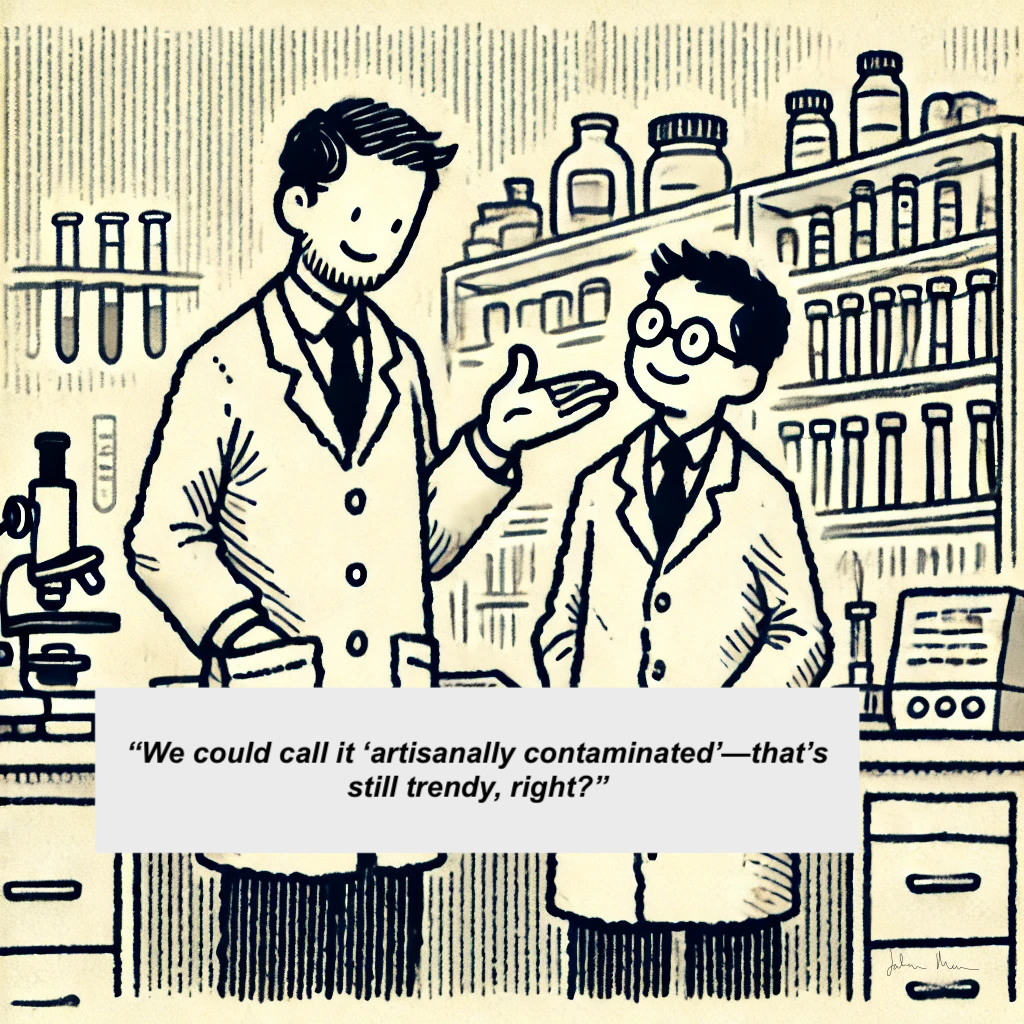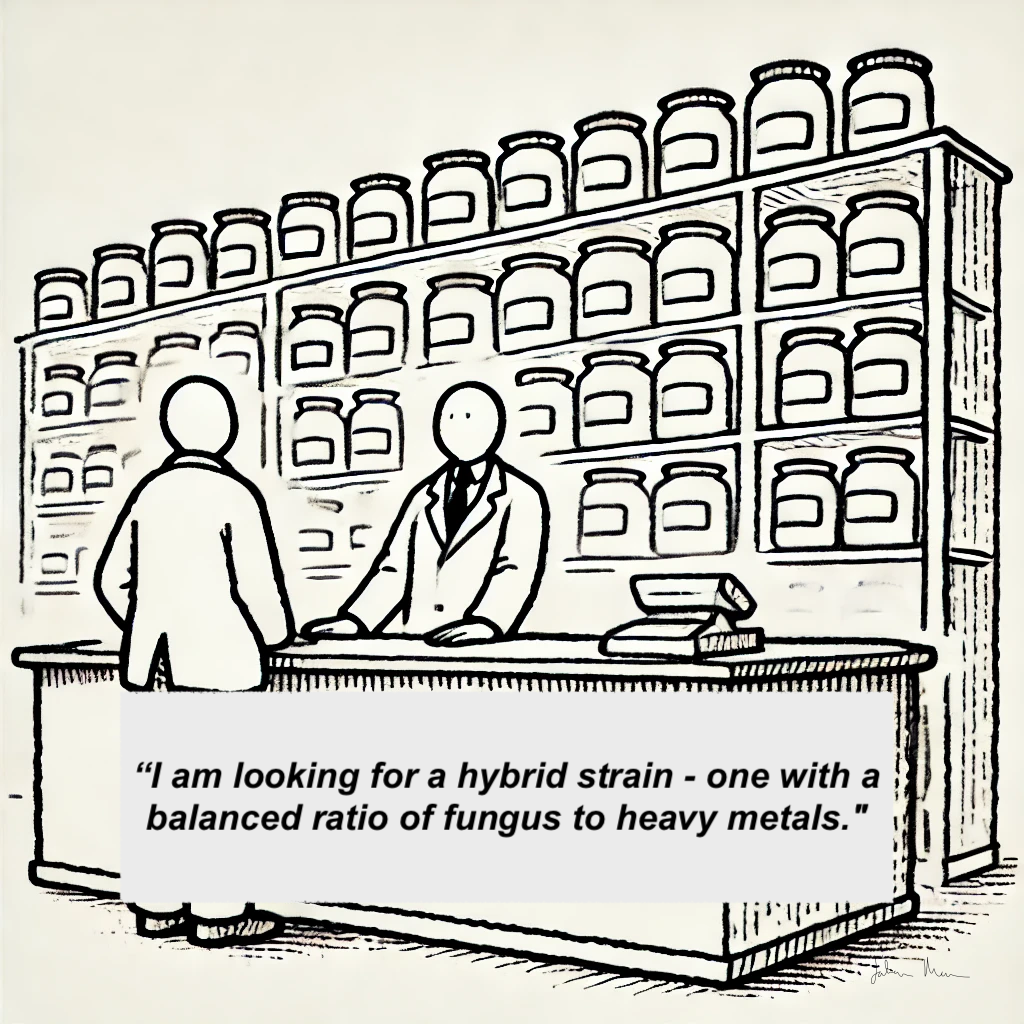
Recent reports from reputable sources like The Wall Street Journal, The Boston Globe, and Chemical & Engineering News highlight alarming concerns about contamination in the legal cannabis industry. The issue, particularly mold contamination, but also pesticides and heavy metals, is pervasive in states with established markets such as California, Massachusetts, and Michigan. While these reports don’t directly mention New Jersey’s growing cannabis market, the widespread nature of the problem suggests that consumers should remain vigilant about potential contamination risks.
To gain insights into New Jersey’s situation, I spoke with Yasha Kahn from MCR Labs, who has been reviewing cannabis testing data from the state. “Yes, there are potential problems seen in the data, statistically improbable results,” Kahn remarked, indicating that New Jersey might not be immune to the issues facing other states. He added, “Regulators will address these issues, as they have in Maryland and Michigan, but that will only happen when consumers put pressure on regulators and elected officials.” If you’re concerned about accurate testing and safer products, it’s crucial to voice those concerns to your local representatives and cannabis regulators.
In several states, the issue lies in the potential for labs to underreport contamination levels due to financial pressures and inconsistent oversight. Across several states, reports indicate that a surprisingly high number of samples pass contamination tests just below legal limits – a large number of ‘statistically improbable’ results raises suspicions of manipulation. For example, The Wall Street Journal revealed statistical anomalies in mold testing data across nine states, including California, suggesting a systemic problem of contaminated products reaching consumers.
The importance of stringent regulatory oversight is echoed by Kristen Goedde from Trichome Analytical, a cannabis testing laboratory in New Jersey. “Testing in the cannabis industry is essential for health and safety, but its effectiveness depends on proper enforcement by regulators; laboratories cannot self-govern without accountability,” she explains. “At Trichome, we strongly advocate for increased laboratory governance and transparency in testing data to empower consumers, businesses, and regulators to identify trusted sources and ensure safety in the New Jersey cannabis market.” Goedde’s perspective emphasizes that, while testing is critical, its value hinges on effective regulatory enforcement and the integrity of testing practices.
Maryland and Michigan serve as examples where stricter regulatory oversight and validation processes have led to higher failure rates in cannabis product testing. This shift suggests that earlier results from testing may have allowed contaminated products to slip through, unnoticed by regulators and consumers alike.
The financial incentives for labs to pass products are clear. Labs with higher passing rates attract more business, putting them under pressure to underreport contamination levels to keep their clients—often cultivators—happy. In one example from The Wall Street Journal, labs that reported lower mold contamination saw a 28% increase in market share. This competitive pressure highlights the ethical dilemma facing labs in balancing accurate reporting with financial survival.
Beyond ethical concerns, underreporting contamination poses real health risks, especially with molds such as Aspergillus and Fusarium, which are known to cause allergic reactions, respiratory issues, and infections, particularly in immunocompromised individuals. Research suggests that cannabis users are 3.5 times more likely to develop fungal infections than non-users, underscoring the seriousness of this issue.
Pesticides and heavy metals are also significant concerns. Cannabis, like any crop, can absorb pesticides from cultivation or accumulate heavy metals from contaminated soil or water. Furthermore, extraction processes used in products like vape cartridges can concentrate these contaminants, increasing health risks. A Los Angeles Times investigation revealed high levels of pesticides in California cannabis products, including popular vape brands and pre-rolls.
Though these reports don’t directly address New Jersey’s market, the issues in other states offer valuable lessons. As New Jersey’s cannabis industry grows, learning from the regulatory oversights of other states can help prevent similar contamination problems from emerging.

How Consumers Can Protect Themselves
There are practical steps consumers can take to minimize risks and ensure they are purchasing safer products:
- Scrutinize Labels and Certificates of Analysis (COAs): Check for detailed product information, including THC potency and contaminant levels. Pay attention to whether contaminants are just below legal limits, and be cautious of products without clear COAs.
- Research Dispensaries and Brands: Choose dispensaries that prioritize transparency and have a reputation for rigorous testing practices. Look for brands that voluntarily disclose testing data and address contamination risks.
- Demand Accountability and Transparency: Support companies that address contamination issues and advocate for publicly available testing data. Engage with regulatory bodies to push for stricter oversight and regular lab audits.
- Educate Yourself on Contaminants: Be informed about the health risks associated with molds, pesticides, and heavy metals in cannabis products. This knowledge will empower you to make better purchasing decisions.
- Consider Safer Consumption Methods: Some products, like vape cartridges, may carry higher contamination risks due to the extraction process. Consider using alternative methods, like flowers or edibles made with whole plant material, which may pose lower risks.
It’s important to remember that the illicit and hemp markes pose even greater risks than regulated cannabis products. Illicit cannabis is cultivated without any regard for health and safety standards, making it even more dangerous. Regulated cannabis, while facing challenges, still offers a safer option when supported by transparent testing and regulatory oversight.
Conclusion
The issue of contamination in the legal cannabis industry serves as a critical lesson for New Jersey’s burgeoning market. Consumers, regulators, and industry stakeholders must collaborate to ensure that safety and transparency remain top priorities as the industry grows. By staying informed and advocating for stronger testing standards, New Jersey can continue to build a cannabis industry that consumers trust.

